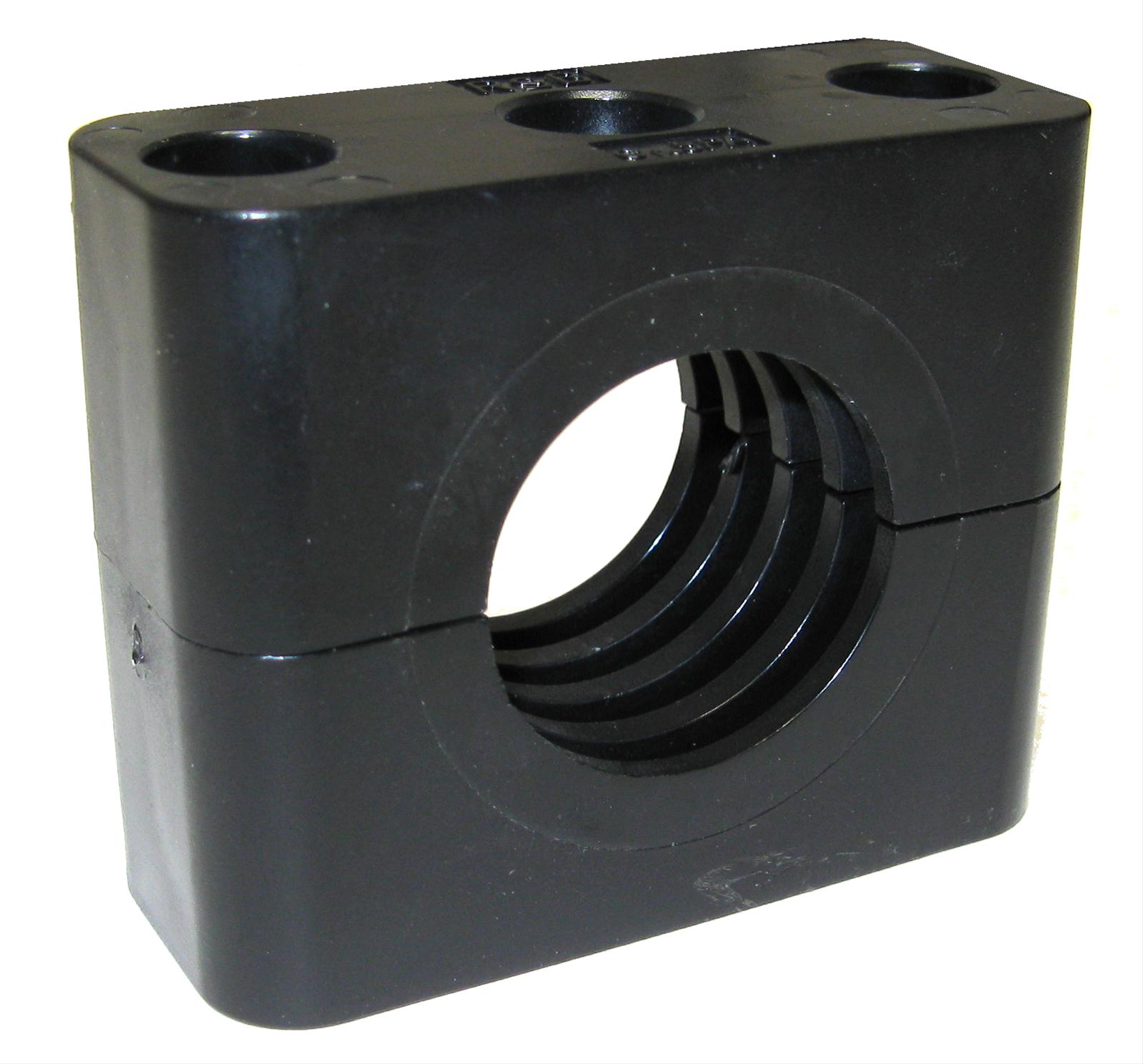I have an opportunity to purchase a 24 foot length of Aluminum Round Tube 6061-T6 1.500 OD. X 0.250 Wall thickness for 18-1/2 foot antenna mast. I was reading that the the antenna might possibly act as a dipole if the pole length is the same length of the antenna. Is this true.?
I am able to store a 20 foot length of this tubing under the trailer strapped to the frame with no issues. I believe it’s seamless tubing.
Does anybody know how strong it would be? Im thinking of making two rigid guy struts that will mount 10 feet up on the pole. And, the guy poles will mount directly to the outside front corners of the trailer frame. The guy poles will have adjustable tie-rod ends so the antenna can be easily adjusted and kept plumb. So, in theory, there will be a rigid triangular structure holding the pole. I’m thinking that this setup might hold up to just about anything that we might see. I figure that it will take more abuse than what the antenna is capable of handling.
The tubing is at a friends shop and I can get it at the fraction of original cost. A 20 foot length weighs 23 pounds.
If this pole is way bigger than what I need there is also a 20 foot length of
Aluminum Pipe 6061-T6 1.000” Schedule 80 (1.315 OD X 0.179 Wall )
around 15 lbs. On the plus side of the 1 inch SCH 80 pipe, it’s about 8 pounds lighter. That is a huge difference in weight. And it will be much easier to put up.
Please give your thoughts and opinions.
Thanks
I am able to store a 20 foot length of this tubing under the trailer strapped to the frame with no issues. I believe it’s seamless tubing.
Does anybody know how strong it would be? Im thinking of making two rigid guy struts that will mount 10 feet up on the pole. And, the guy poles will mount directly to the outside front corners of the trailer frame. The guy poles will have adjustable tie-rod ends so the antenna can be easily adjusted and kept plumb. So, in theory, there will be a rigid triangular structure holding the pole. I’m thinking that this setup might hold up to just about anything that we might see. I figure that it will take more abuse than what the antenna is capable of handling.
The tubing is at a friends shop and I can get it at the fraction of original cost. A 20 foot length weighs 23 pounds.
If this pole is way bigger than what I need there is also a 20 foot length of
Aluminum Pipe 6061-T6 1.000” Schedule 80 (1.315 OD X 0.179 Wall )
around 15 lbs. On the plus side of the 1 inch SCH 80 pipe, it’s about 8 pounds lighter. That is a huge difference in weight. And it will be much easier to put up.
Please give your thoughts and opinions.
Thanks
Last edited:




